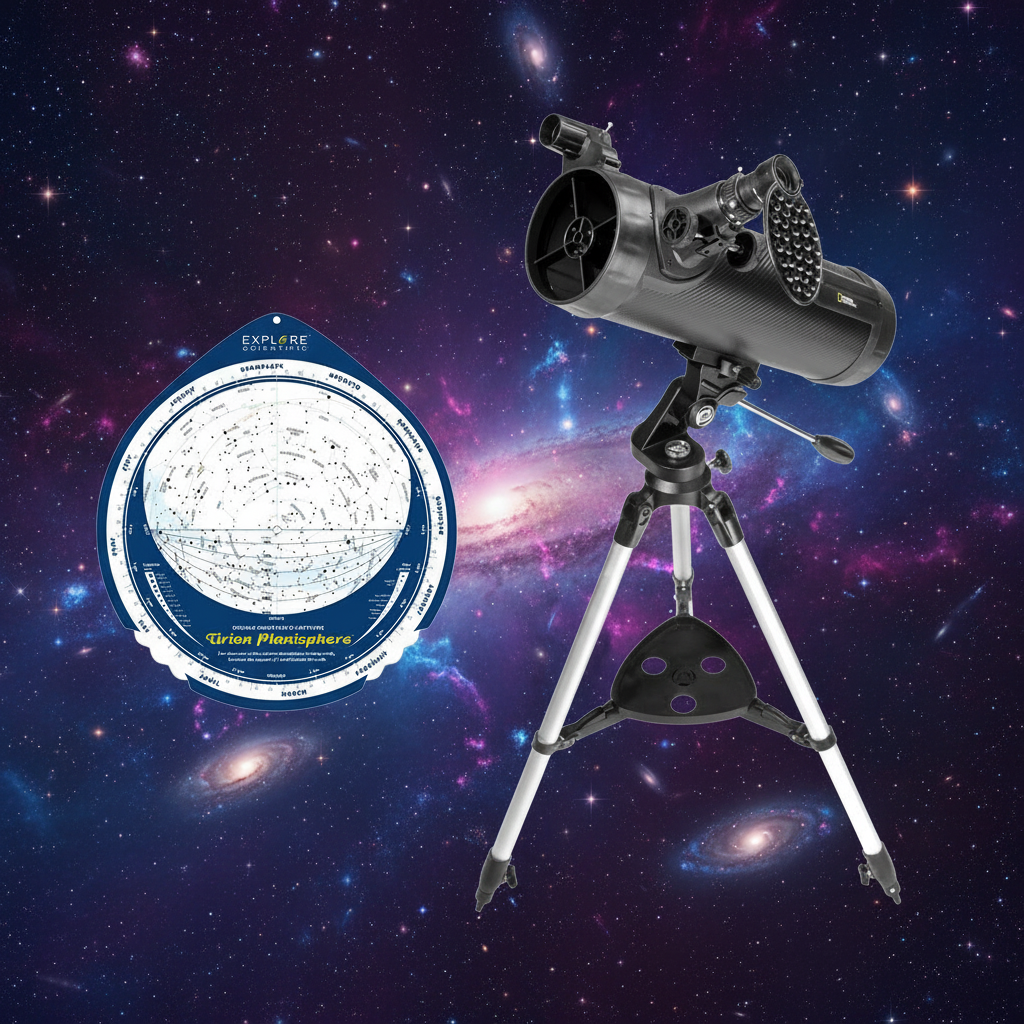What’s Up in the Sky
At any moment of the day, countless awe-inspiring celestial events are unfolding in the sky. With a universe of options, it can be hard to pin down what to observe, what to look into or what to remember. Each week, this column will take a peek at what’s happening in the sky and in the world of astronomy in general to provide a quick list of highlights that can jumpstart your own explorations.
What to observe:
Andromeda Constellation
In the Northern Hemisphere, the long dark nights that fill autumn and early winter provide a perfect stage for amateur astronomers to view the beauty that resides in the Andromeda constellation. Visible from 90° North to 40° South, the “Chained Maiden” occupies 722 square degrees and is home to one of the night sky’s most beloved treasures – the Andromeda Galaxy. Located about 2.5 million light years away from Earth, this impressive spiral galaxy, which is also known as Messier 31, is the closest major galaxy to our own Milky Way and is the most distant object the naked eye can observe. When viewed unaided, the Andromeda Galaxy will appear as a wide hazy patch. However, a telescope will provide details of the galaxy’s spiral structure as well as reveal its much smaller companions – the dwarf elliptical galaxies M32 and M110. To locate the galaxy, find the Great Square asterism in the Pegasus Constellation and look for two streams of stars that shoot off of it into the Andromeda constellation. An imaginary line drawn up from the middle star of the bottom stream to the middle star in the upper stream, will lead your eye directly to M31. Other deep sky treats include the open cluster NGC 752; the edge-on spiral galaxy NGC 891 and the planetary nebula NGC 7662. In terms of stars, Andromeda’s brightest can be found by going back to the Great Square, where it acts as the anchor for the asterism’s northeastern corner. Known as Alpheratz, the bright blue star is actually a binary system with a combined apparent magnitude of 2.06. Although it is classified as Andromeda’s second brightest star, the red giant Mirach (Beta Andromedae) can actually outshine Alpheratz at times due to its variable nature, which allows its apparent magnitude to range between 2.01 to 2.10. Located very near Mirach is the lenticular galaxy NGC404, which is sometimes known as Mirach’s Ghost because its proximity to the bright star makes it difficult to observe. Other star offerings include Gamma Andromedae, which is a multiple star system that includes a golden yellow giant and a blue companion; Iota Andromedae, a blue white dwarf with an apparent magnitude of 4.29; Xi Andromedae, a binary system with an orange giant; and Upsilon Andromedae, a binary made up of a yellow-white dwarf and a fainter red dwarf.

Andromeda Galaxy
What to look into:
December 6 – New Horizons Set to Come Out of Hibernation
When NASA’s New Horizons spacecraft began its long, lonely voyage on January 19th, 2006, its target destination was still regarded as our solar system’s ninth planet. Since then, Pluto has been downgraded to a dwarf planet, but the excitement for and potential impact of the mission has never faltered. On December 6th, New Horizons, which has been in and out of hibernation multiple times over the course of its journey, will get its final wake-up call before its historic rendezvous with Pluto officially begins in mid-January. The purpose of the mission is to learn more about the mysterious Pluto, its large moon Charon and the Kuiper Belt in general. The spacecraft will make its closest approach to Pluto on July 12, 2015, when it will pass within 6,000 miles. For more information on the New Horizons mission, visit http://www.nasa.gov/mission_pages/newhorizons/main/.
Image credit: NASA
As an Amazon Associate we earn from qualifying purchases.












Leave a comment
This site is protected by hCaptcha and the hCaptcha Privacy Policy and Terms of Service apply.